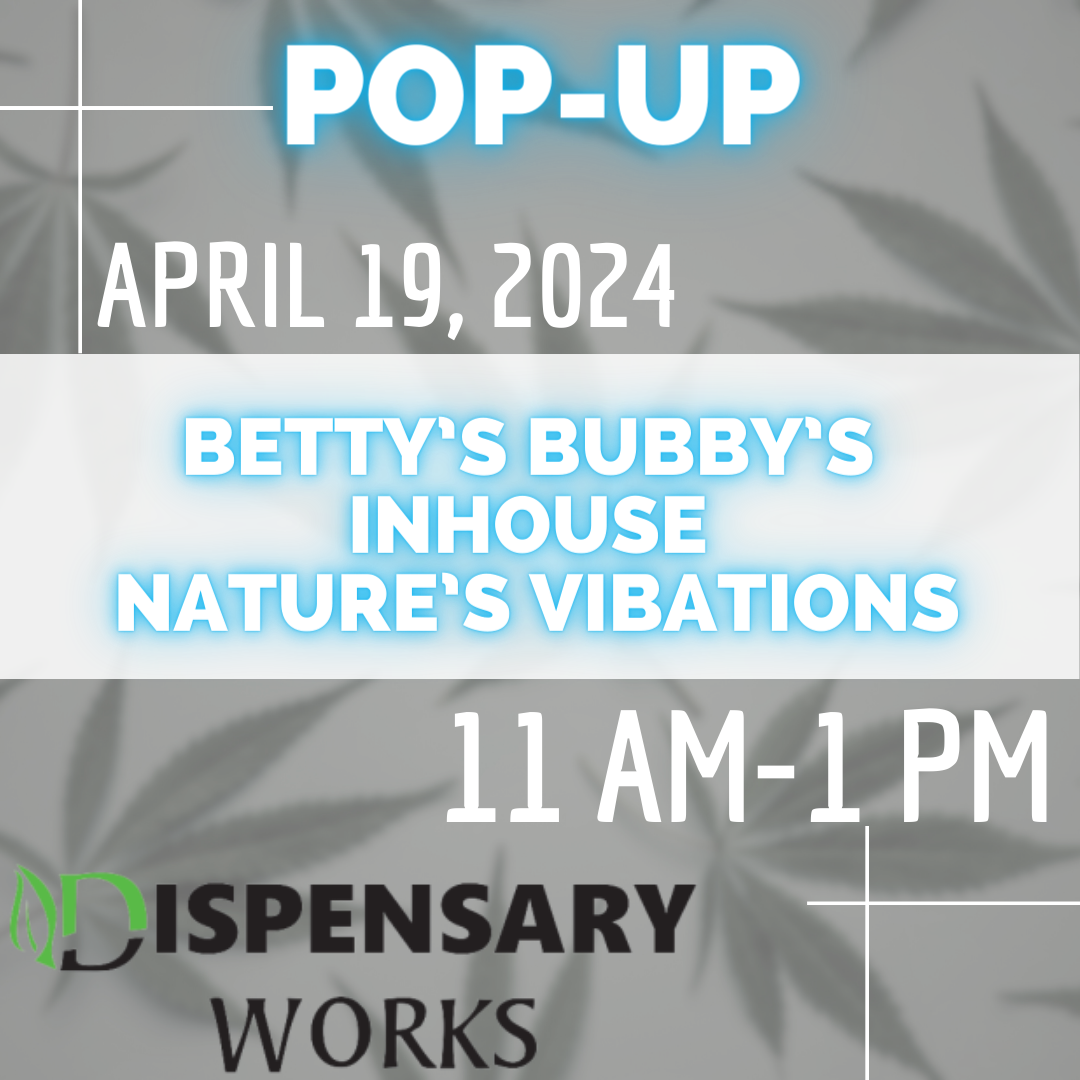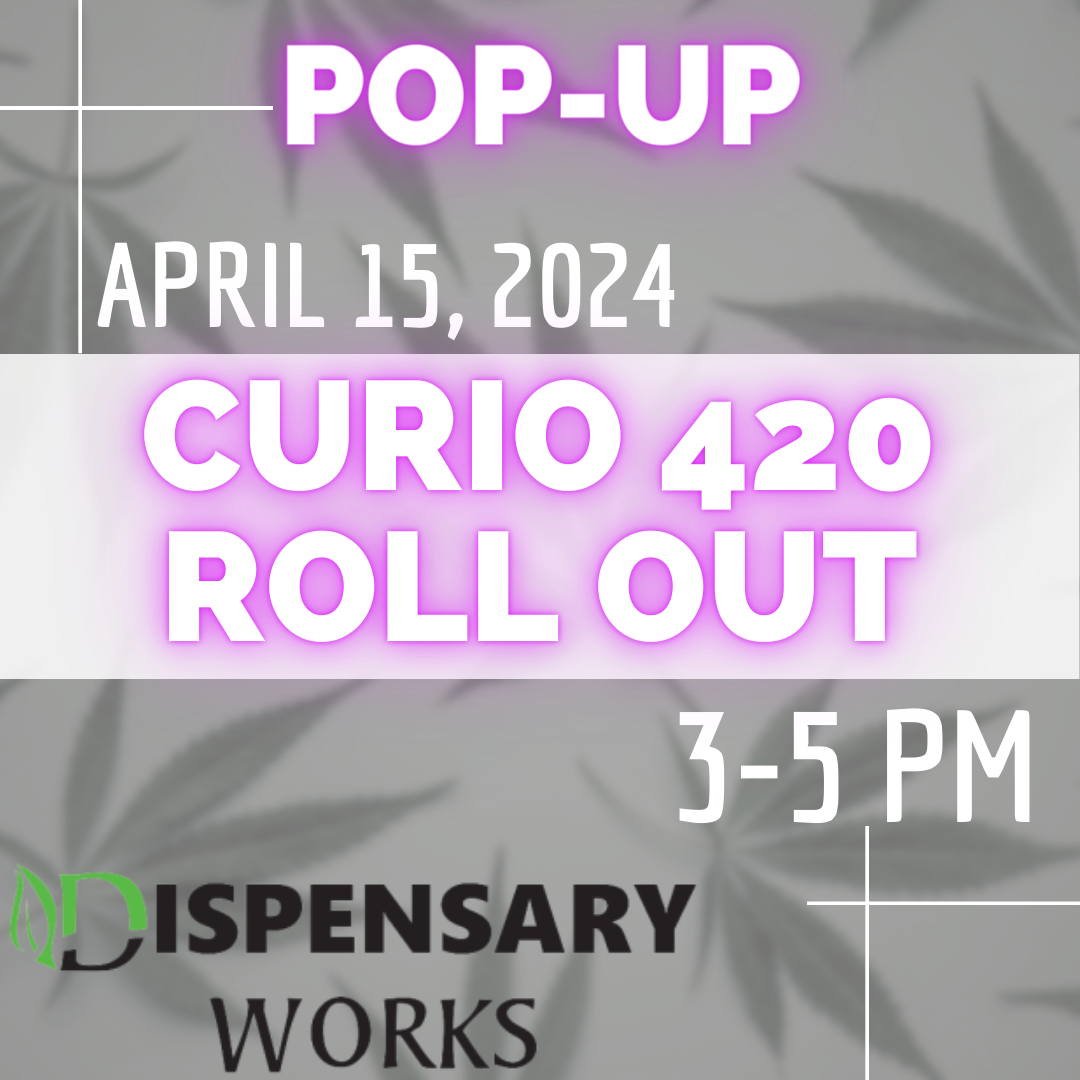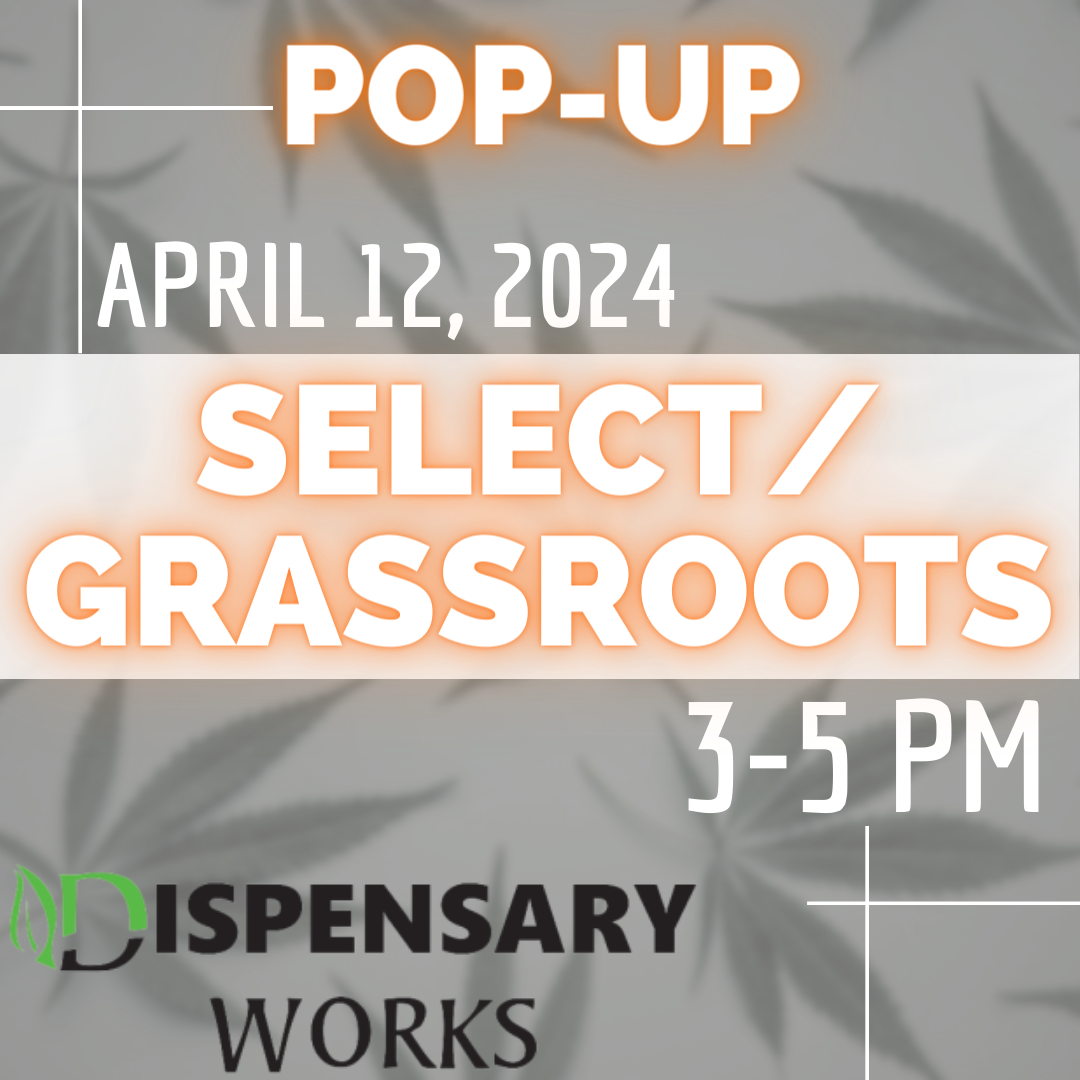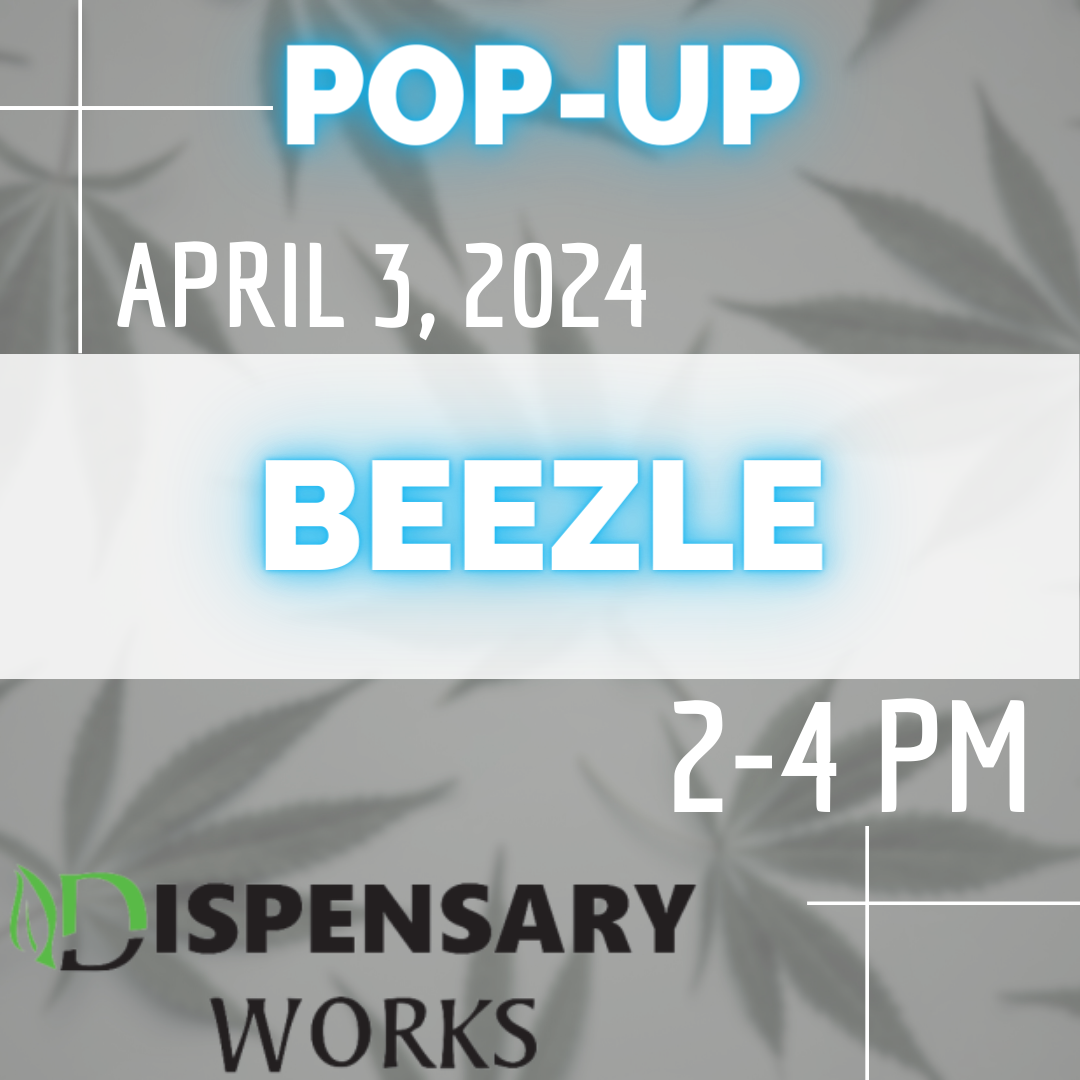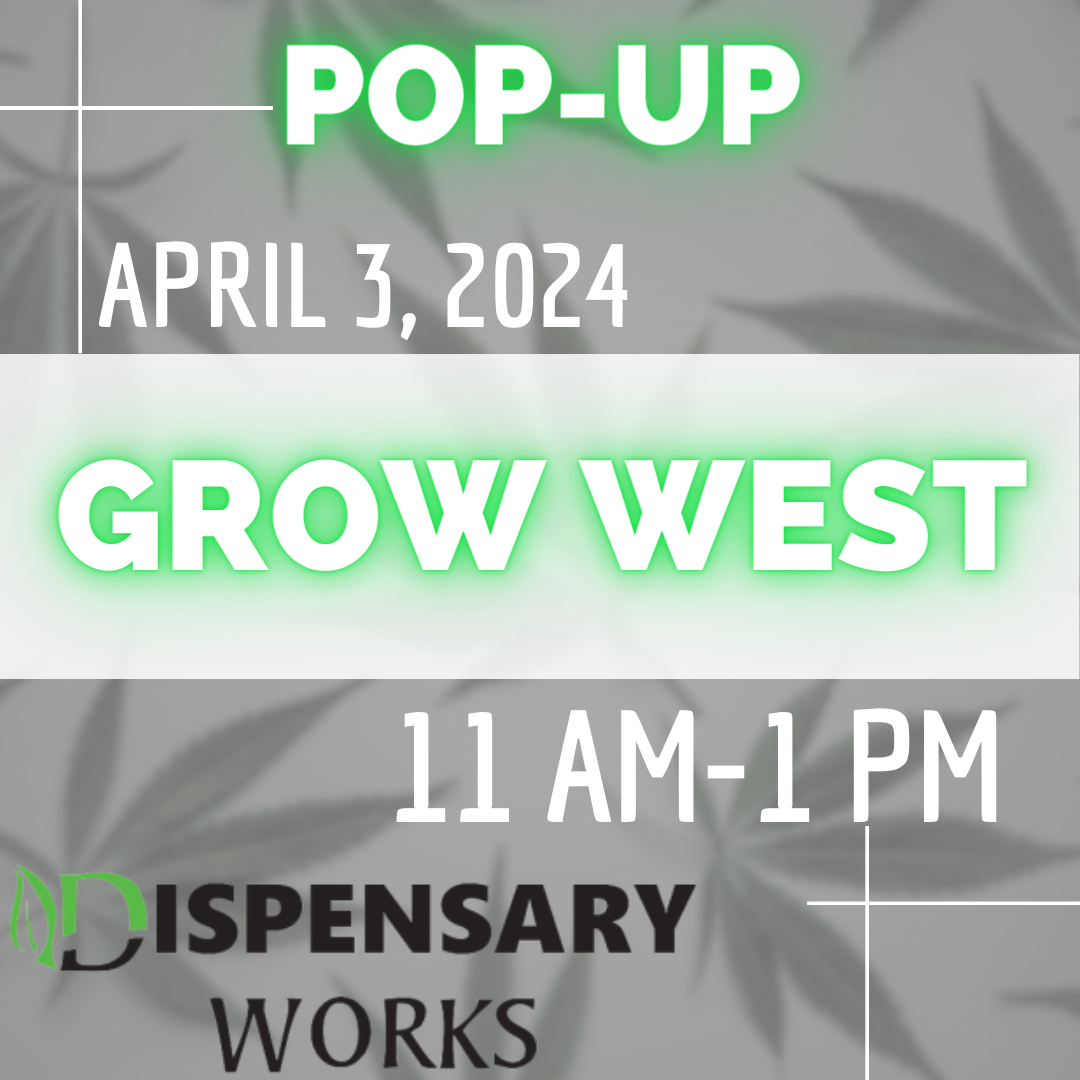Betty’s Bubby’s In House Natures Vibations April 19th from 11am – 1pm
Cannabis and Glaucoma
Scientists continue to wrestle with unraveling the underlying cause of glaucoma, an eye condition that ultimately results in vision impairment by elevating intraocular pressure and harming the optic nerve. Presently, there are no known cures, and conventional treatments merely impede its advancement. Consequently, researchers are directing their attention towards cannabis as a promising source of therapeutic solutions. What is Glaucoma? Glaucoma stems from a collection of diseases that lead to the deterioration of the optic nerve, a vital component of the central nervous system. This component is responsible for relaying visual signals from the eyes to the brain. Globally, it stands as the second most common cause of blindness, impacting individuals of all ages, with those over 60 facing a heightened susceptibility. Presently, it’s estimated that over 70 million people worldwide are affected by glaucoma. Due to its often subtle symptoms, only a fraction—ranging from 10% to 50%—of individuals within this population are aware of their condition. Weed for Glaucoma: The Endocannabinoid System of the Eye The endocannabinoid system (ECS) is made up of two primary receptors, CB1 and CB2. Along with them are two essential signaling molecules, anandamide and 2-AG, referred to as endocannabinoids. These endocannabinoids bind to receptors, instigating necessary changes within targeted cells. The ECS also involves a group of specialized enzymes responsible for the synthesis and breakdown of these endocannabinoids. What’s truly remarkable is that the cannabis plant produces a range of chemicals called phytocannabinoids, including THC, CBD, CBC, and CBG, among others. These compounds are primarily formed post-harvest through exposure to heat. Notably, several of these compounds, like THC, share a similar molecular structure with our endocannabinoids. This allows them to bind to the same receptors and impact our physiology. Other phytocannabinoids, such as CBD, bind to different sites within the eCBome and also modulate ECS enzyme activity. Altogether, this means that molecules derived from the cannabis plant have the potential to influence our universal regulator—the ECS—and all the systems it governs, including those related to ocular health. Cannabis and Glaucoma More extensive human trials, incorporating large sample sizes, are necessary to determine whether cannabis presents a viable solution. Initial research suggests that THC and CBG hold some potential, although further investigation is needed. However, CBD seems to elevate intraocular pressure, prompting the necessity for additional studies to ascertain its potential benefits or drawbacks. Treating Glaucoma With Cannabis in Maryland Dispensary Works is a Southern Maryland marijuana dispensary committed to providing the best cannabis product to our patients and clients. Our highly trained staff is here to help you select the best cannabis for your particular needs. We are here to guide you as you uncover the world of marijuana. If you want to learn more about who we are and what we do, contact us today!
Curio 420 Roll Out April 15
Curio 420 Roll Out April 15 from 3pm-5pm
Select/Grassroots Pop-up April 12th
Select/Grassroots Pop-Up April 12th from 3-5pm
Beezle Pop-Up April 3rd
Beezle Pop-Up April 3rd from 2pm – 4pm
Grow West Pop-Up April 3rd
Grow West Pop-Up April 3rd from 11am – 1pm
Old Pal Pop-Up March 28th
Old Pal Pop-Up March 28th from 2-4pm
What Is Cannabis Microdosing (And How Is It Done)?
If you discover that cannabis mostly has positive effects on you but negatively impacts your productivity, consider trying microdosing. This method could provide the herbal boost you seek without getting you excessively high—perhaps not high at all—allowing you to benefit from the plant’s other advantages while maintaining responsibility and clarity of mind. What is Microdosing? Advocates of psychedelic drugs frequently mention “microdosing,” but cannabis is also recognized as suitable for this approach. Small amounts of THC and/or CBD could enhance creativity and concentration, decrease the chance of encountering typical side effects of cannabis, and offer a gentler experience for those who are sensitive to its effects. Explore the realm of cannabis microdosing below to uncover all the essential information. Why Microdose Cannabis? Microdosing cannabis involves discovering your own optimal minimal dosage. But why pursue this approach? Well, microdosing enables you to enjoy the positive aspects of cannabis consumption while decreasing some of the drawbacks. Ideally, after a microdose, you’ll still experience emotional and mental upliftment. Your environment may appear more vibrant, you may feel creatively inspired, and you might exhibit increased sociability. However, you’ll avoid feelings of paranoia, being overwhelmed, or excessive intoxication. When done properly, microdosing allows you to reap the benefits of cannabis with minimal impairment. Consequently, it serves as a great “strategy for enhancing productivity and mindset in your daily life. What are the Benefits of Cannabis Microdosing? Many cannabis enthusiasts revel in reaching maximum intoxication with each session. So, what prompts some to opt for microdosing THC instead of indulging in hefty joints or fully-packed bongs? There are various reasons, but here are some of the most enticing benefits of microdosing: It’s Great for Beginners Remember your first experience with cannabis? Given the potency of modern strains, novices often find themselves overwhelmed. Starting with small doses allows for a gradual introduction, enabling users to ease into the experience and find their ideal dosage over time. Minimizes Side Effects Like any substance, cannabis can bring about side effects such as red eyes, dry mouth, and potential anxiety. Microdosing offers a way to enjoy some of cannabis’s benefits without experiencing these effects to the same extent. Improves Focus Many microdosers report enhanced focus compared to normal or high doses, which can sometimes lead to feelings of overwhelm or distraction. Boosts Creativity While some artists and musicians prefer large doses to tap into their creative flow, others find that microdosing enhances cognitive endurance and facilitates creativity more effectively. Helps With Withdrawal Whether taking a tolerance break or quitting cannabis altogether, microdosing can help alleviate withdrawal symptoms. Taking low doses of THC gradually resets the endocannabinoid system, offering a gentler alternative to quitting cold turkey. Marijuana Microdosing in Maryland Dispensary Works is a Southern Maryland marijuana dispensary committed to providing the best cannabis product to our patients and clients. Our highly trained staff is here to help you select the best cannabis for your particular needs. We are here to guide you as you uncover the world of marijuana. If you want to learn more about who we are and what we do, contact us today!
JAMS Pop-Up Event Friday March 8th
Friday March 8th from 3pm – 5pm.
Does Weed Cause Bad Breath?
If you’ve ever realized that your breath smells unpleasant after smoking marijuana, you’re not alone. This odor, known as halitosis, is a common side effect of marijuana use. It occurs because THC, the active compound in cannabis, reduces saliva production, leading to dryness in the mouth. Saliva plays a crucial role in maintaining oral health by neutralizing acids, eliminating bacteria, preventing gum disease, promoting dental hygiene, and ensuring fresh breath. When saliva production decreases, halitosis can develop due to inadequate moisture in the mouth. Let’s delve into how THC affects saliva production and explore ways to prevent halitosis without necessarily reducing your cannabis consumption. The Link Between Marijuana and Bad Breath THC, a primary cannabinoid found in cannabis, is responsible for inducing xerostomia. Typically called “cotton mouth” or “weed breath”, it interacts with the body’s endocannabinoid system and binds to cannabinoid receptors in the submandibular glands of the mouth, reducing saliva production. CBD, another significant cannabinoid in cannabis, may also lead to temporary xerostomia. A 2021 study examining CBD use found that 11% of participants experienced dry mouth due to CBD products. Reduced saliva flow due to cannabis use can increase the risk of dental issues such as cavities, plaque buildup, and gum problems. Saliva plays a vital role in maintaining oral health by regulating pH levels and suppressing bacterial growth. When saliva production decreases significantly, bad breath often ensues. Marijuana smoke can worsen bad breath, similar to the effects seen in cigarette smokers, leading to what’s commonly known as “smoker’s breath.” Research indicates that smoking marijuana is associated with a higher risk of gum disease, such as gingivitis, which further contributes to bad breath. While smoking cannabis can exacerbate bad breath, all THC-containing forms of cannabis can lead to halitosis. Edibles, tinctures, and gummies can also cause dry mouth due to THC’s inhibitory effects on salivary glands. However, orally consumed marijuana takes longer to produce effects as it must be digested before reaching the bloodstream and affecting saliva production. How to Avoid Bad Breath Without Decreasing Cannabis Usage Xerostomia is thought to be dependent on dosage, implying that higher levels of cannabis consumption may increase the chances of experiencing dry mouth. Yet, if you’re reluctant to decrease your cannabis intake, there are various strategies you can experiment with to alleviate marijuana-induced bad breath. Hydrate Wisely Sipping fluids while using cannabis can help maintain moisture in your mouth. The key is to sip slowly, ensuring your body stays hydrated without the need to consume large quantities of liquid. Opt for water as your best choice. Steer clear of caffeinated beverages like tea, coffee, and energy drinks, as they can decrease saliva production and worsen bad breath. Avoid Alcohol and Cannabis Mix Studies indicate that alcohol can also hinder salivary gland function and reduce saliva production, leading to dry mouth. Additionally, alcohol acts as a diuretic, contributing to dehydration and exacerbating dry mouth symptoms. Some cannabis users combine alcohol and cannabis, a practice known as “crossfading.” Since both substances can worsen dry mouth and bad breath, it’s wise to refrain from mixing them to maintain fresh breath. Utilize Candy or Mints Sucking on hard candy or mints stimulates saliva production, keeping your mouth moist. Sugar-free chewing gum containing xylitol can also increase saliva flow. Sucking and chewing activities engage mouth muscles, promoting saliva production and aiding in freshening breath. Opt for Alternatives to Smoking Marijuana smoking can have adverse effects on oral health and worsen bad breath. Consider using edibles, tinctures, or capsules as alternative delivery methods to avoid the lingering smell of cannabis smoke in your mouth. Maintain Oral Hygiene After using cannabis, especially through smoking, clean your teeth thoroughly. Keep your smoking equipment, such as pipes and bongs, clean to prevent bacterial buildup and minimize bad breath. Regular flossing and using tongue scrapers can also help prevent bad breath. Best Marijuana Dispensary in Maryland Dispensary Works is a Southern Maryland marijuana dispensary committed to providing the best cannabis product to our patients and clients. Our highly trained staff is here to help you select the best cannabis for your particular needs. We are here to guide you as you uncover the world of marijuana. If you want to learn more about who we are and what we do, contact us today!

